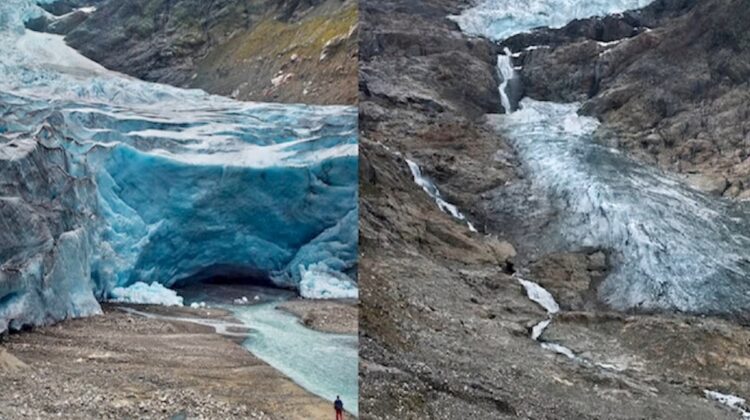
With 2016 being the hottest year on record, the evidence for climate change continues to mount. However, much of this evidence is presented in the form of models and statistics, which can be difficult for the general public to comprehend. Environmental scientists have created a series of before-and-after photos highlighting drastic ice loss to help people understand the effects of climate change on the planet.
Some of the images are from the group’s collaboration with the Extreme Ice Survey (EIS), which was founded in 2007 with the specific goal of documenting glacier retreat. The program has 43 cameras set up around the world to monitor 24 glaciers, taking a photo every daylight hour of every day. In other cases, the scientists returned to the locations of old photographs taken years or decades before to take a new photograph.
“We have unretouched photographic proof of glaciers melting all around the world,” says Gregory Baker, the study’s principal author. “This includes the ice sheets of Greenland and Antarctica, which are shrinking in size. These aren’t fancy computer models or satellite photos where you’d have to adjust for the atmosphere. These are simply photographs… So it’s simply proof of widespread ice loss on a global scale.”
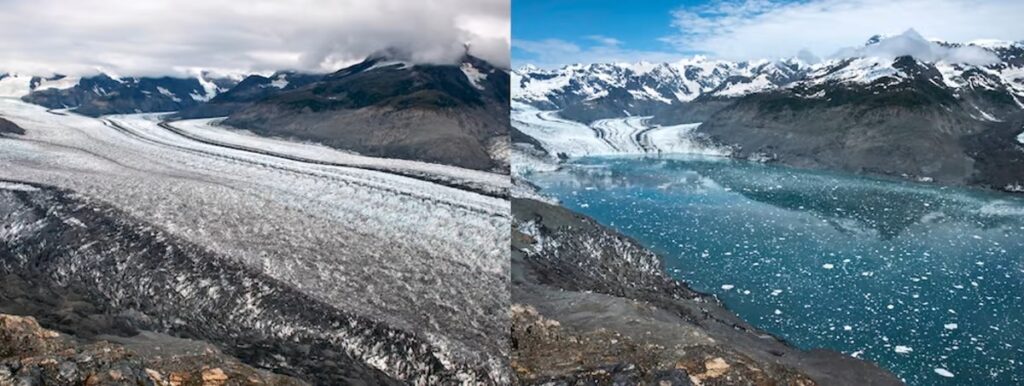
James Balog and the Extreme Ice Survey
It’s one thing to hear that the Columbia Glacier in Alaska retreated by around 6.5 km (4 miles) between 2009 and 2015, but it’s another to really observe the difference. Google’s Timelapse filmed the vast melt from a satellite’s perspective, but witnessing it up close is heartbreaking.
Rising sea levels caused by melting ice may be one of the most serious concerns, but it is far from the only side effect. Communities that rely on meltwater may run out of water, and our understanding of Earth’s history may be jeopardized as we lose the detailed time capsule of environmental data preserved in ice sheets for hundreds of thousands of years.

James Balog and the Extreme Ice Survey
“We’ve all heard about the impact of melting ice on sea level rise, but the public should also be aware that places around the world rely on glaciers for water and will face increased stress, and we’ve already seen how water shortages lead to all kinds of conflict,” Baker says. “Another critical point that is frequently overlooked is that when glaciers melt, we lose these scientific archive records of past climate change at specific locations around the Earth, much like if someone came in and threw away all of your family photos.”
“Glacier ice preserves fingerprints of former climate and biology preserved within it. Analyzing ice cores is one of the best ways to analyze carbon dioxide in the past, and they contain pollen that can be used to determine what kind of plant systems existed. The more glacial ice melts, the more we are erasing these historical archives that we may not have measured yet in some remote glaciers or deep in ice caps that can tell us about the Earth’s history and will be lost forever.”
Because this study is intended to raise general awareness of the issue, the authors claim they have carefully written it as a clear and concise overview of their work on the subject.
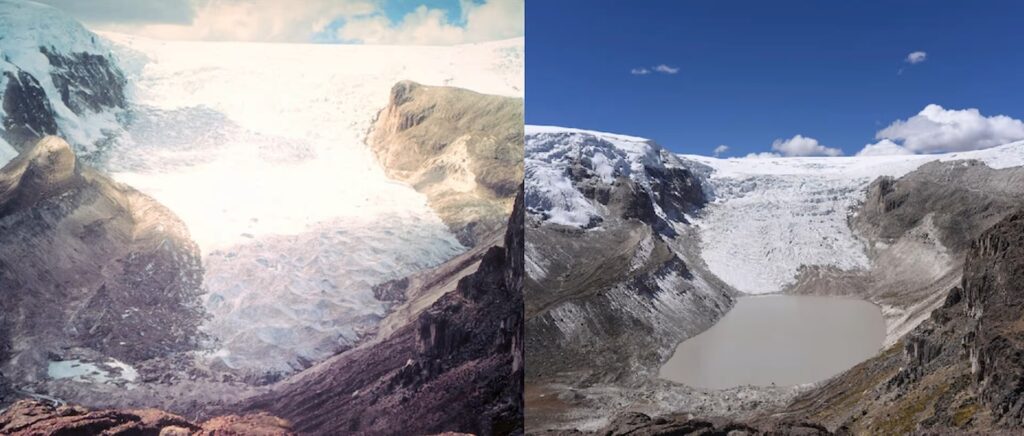
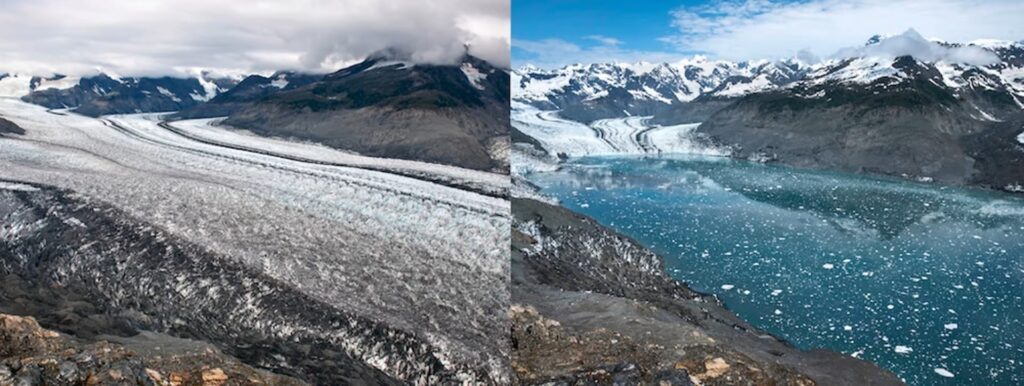
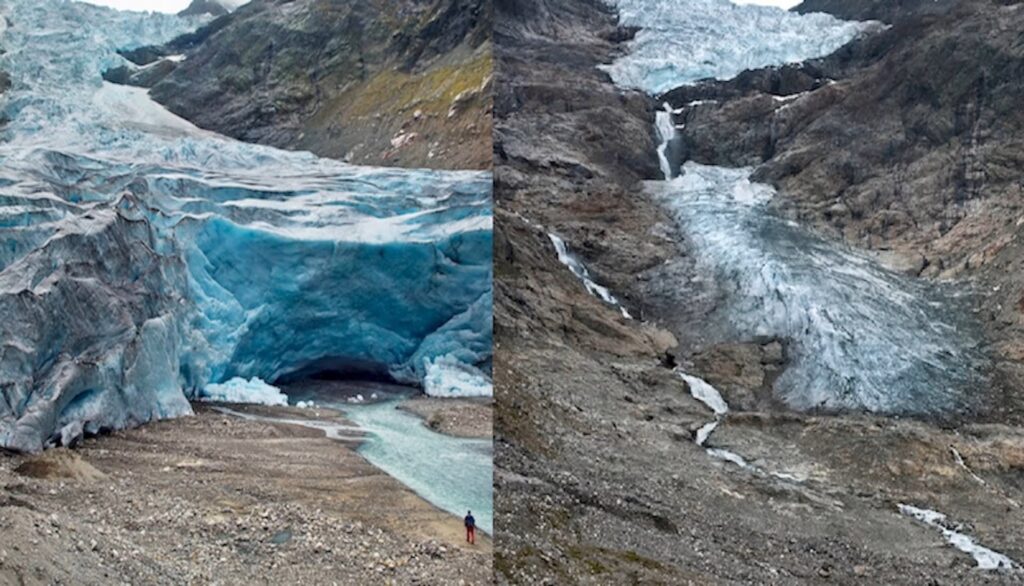




Leave a Reply